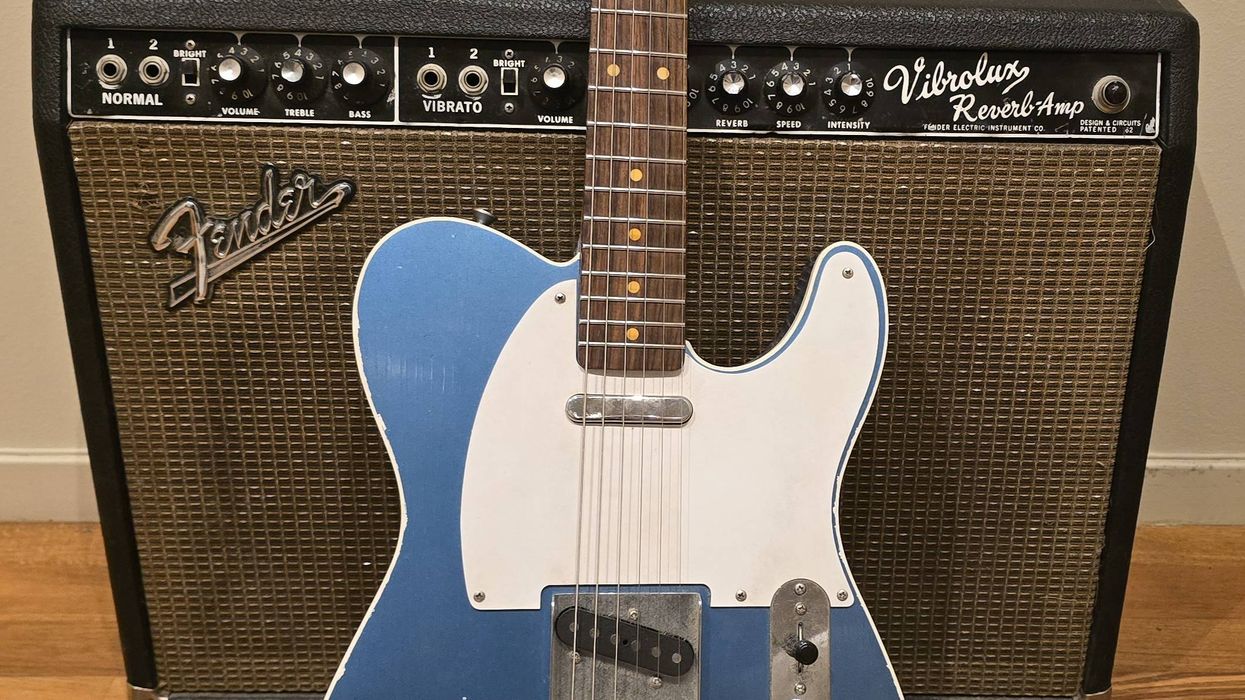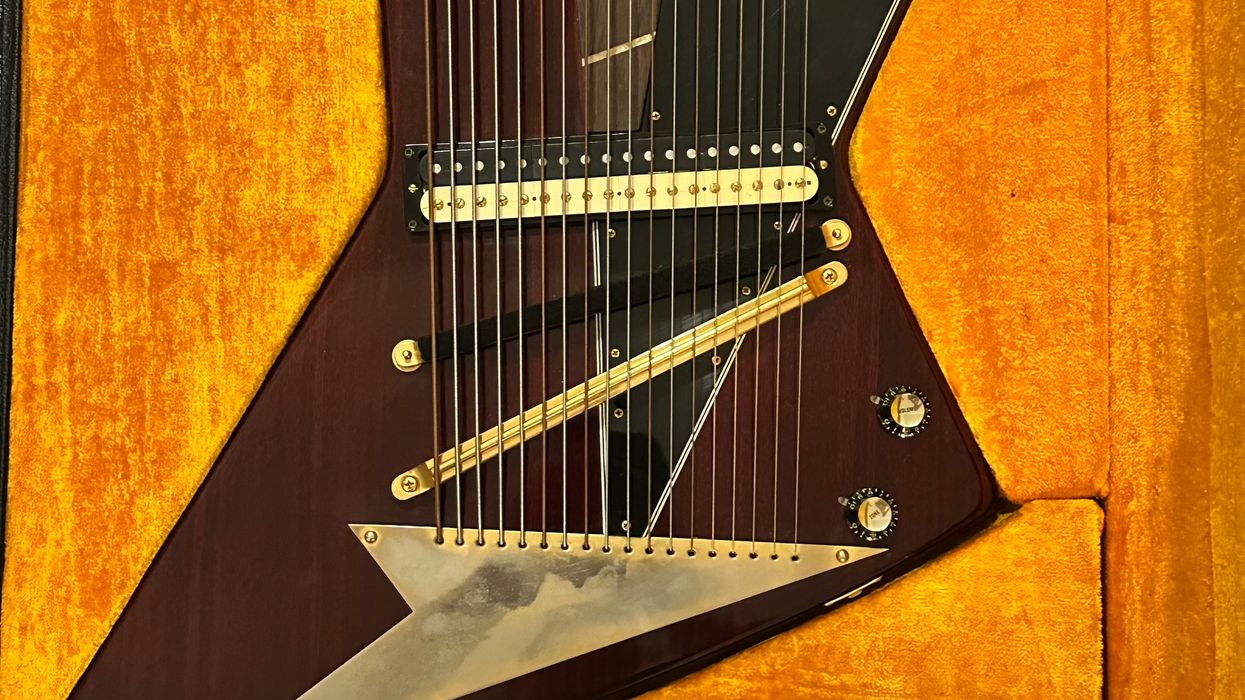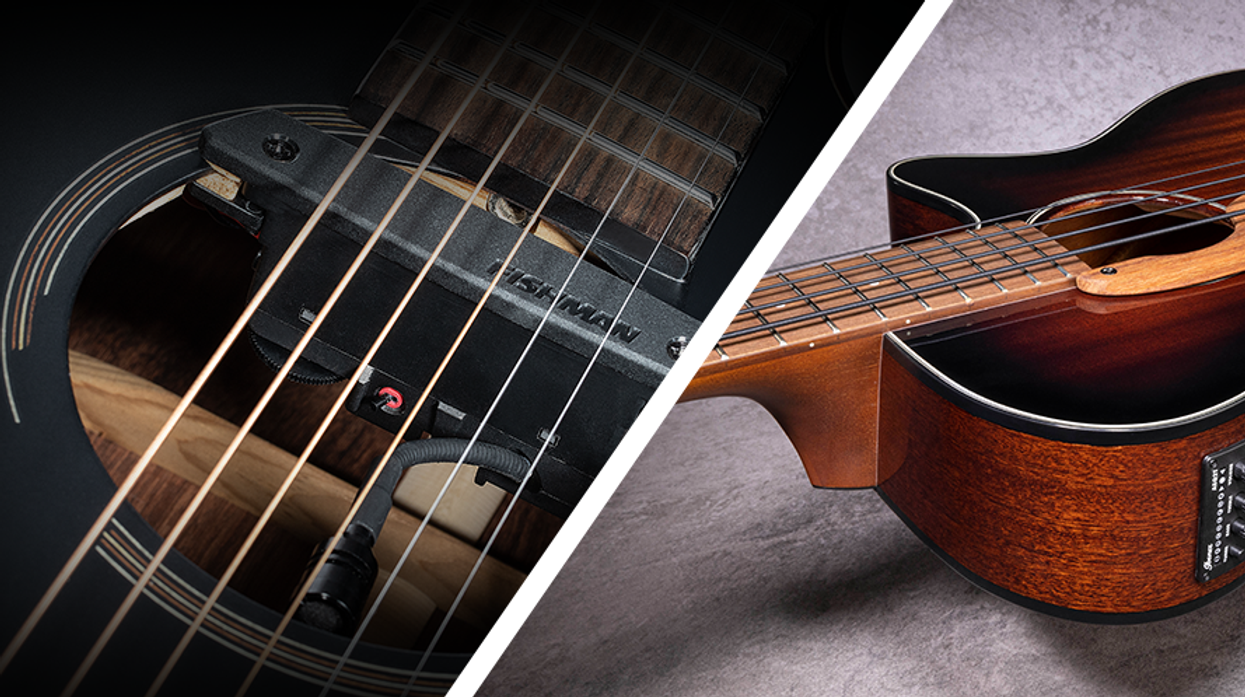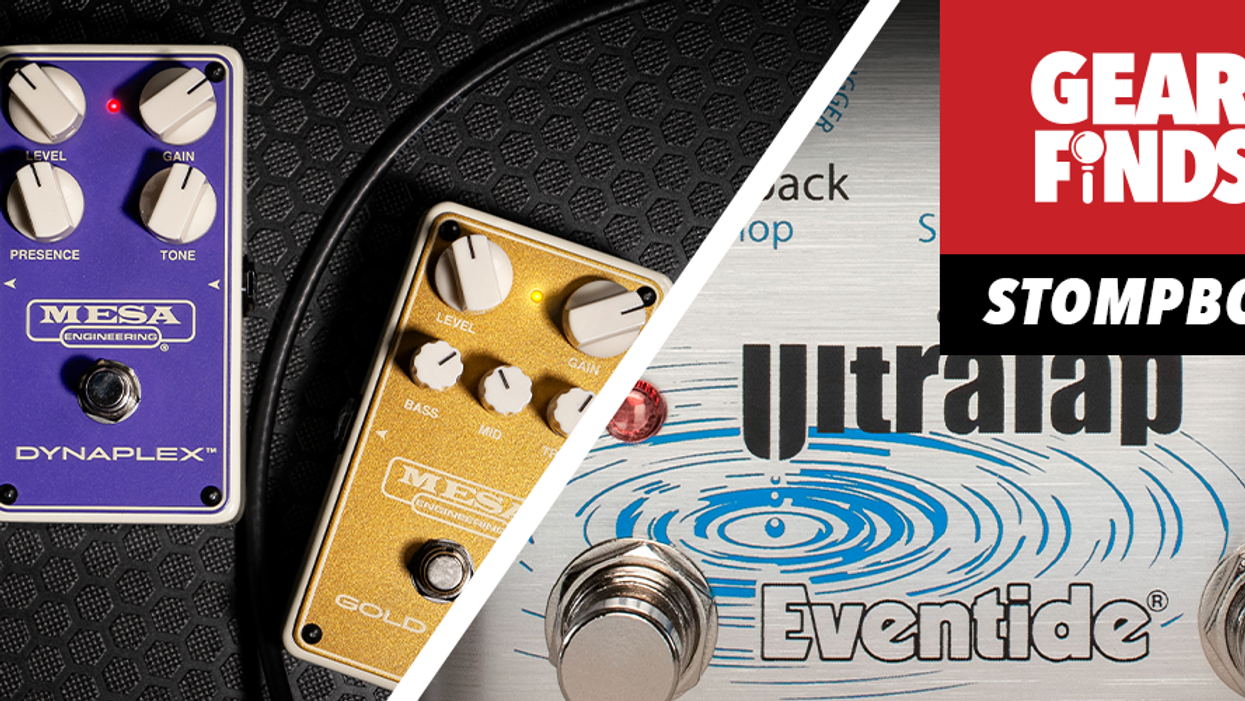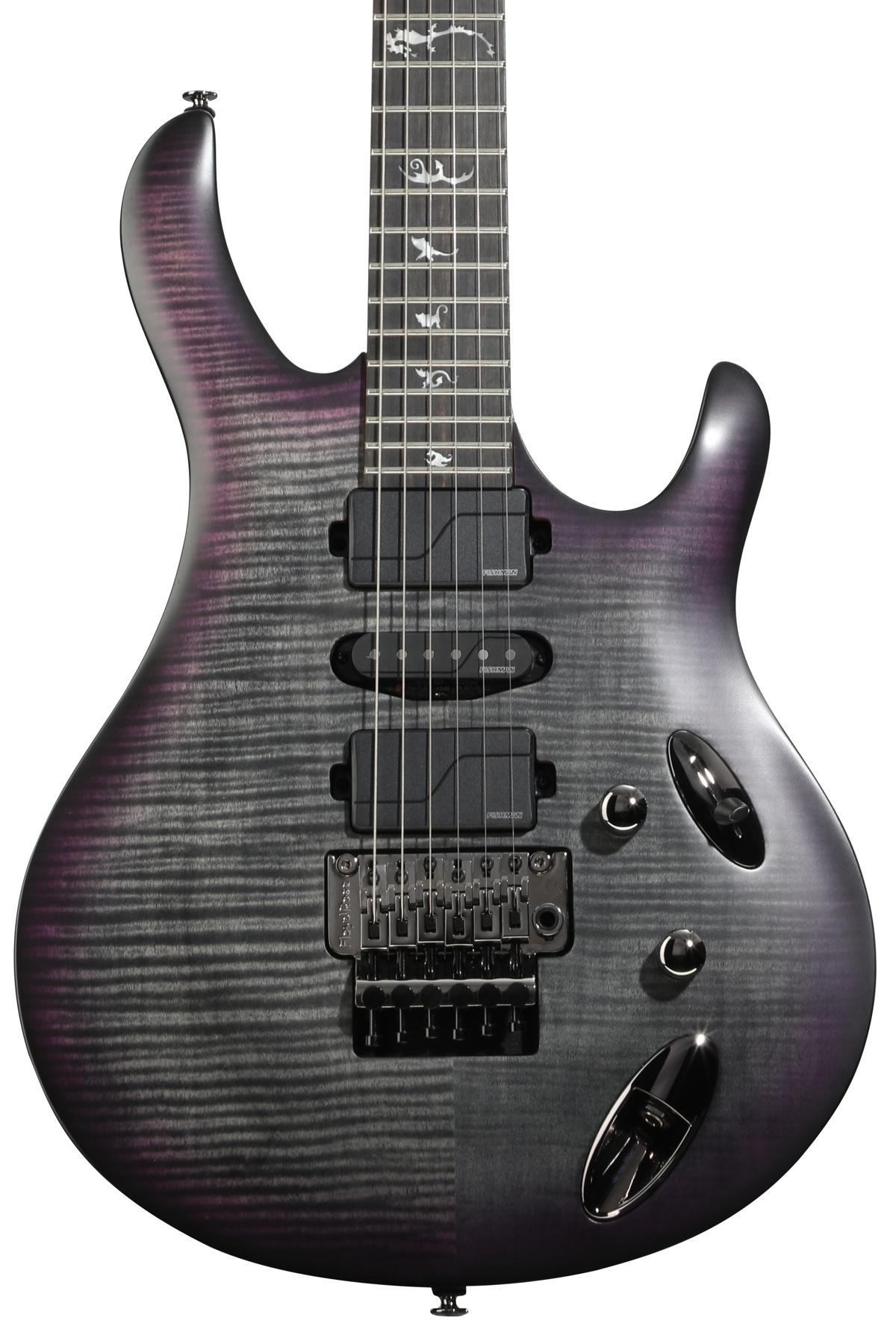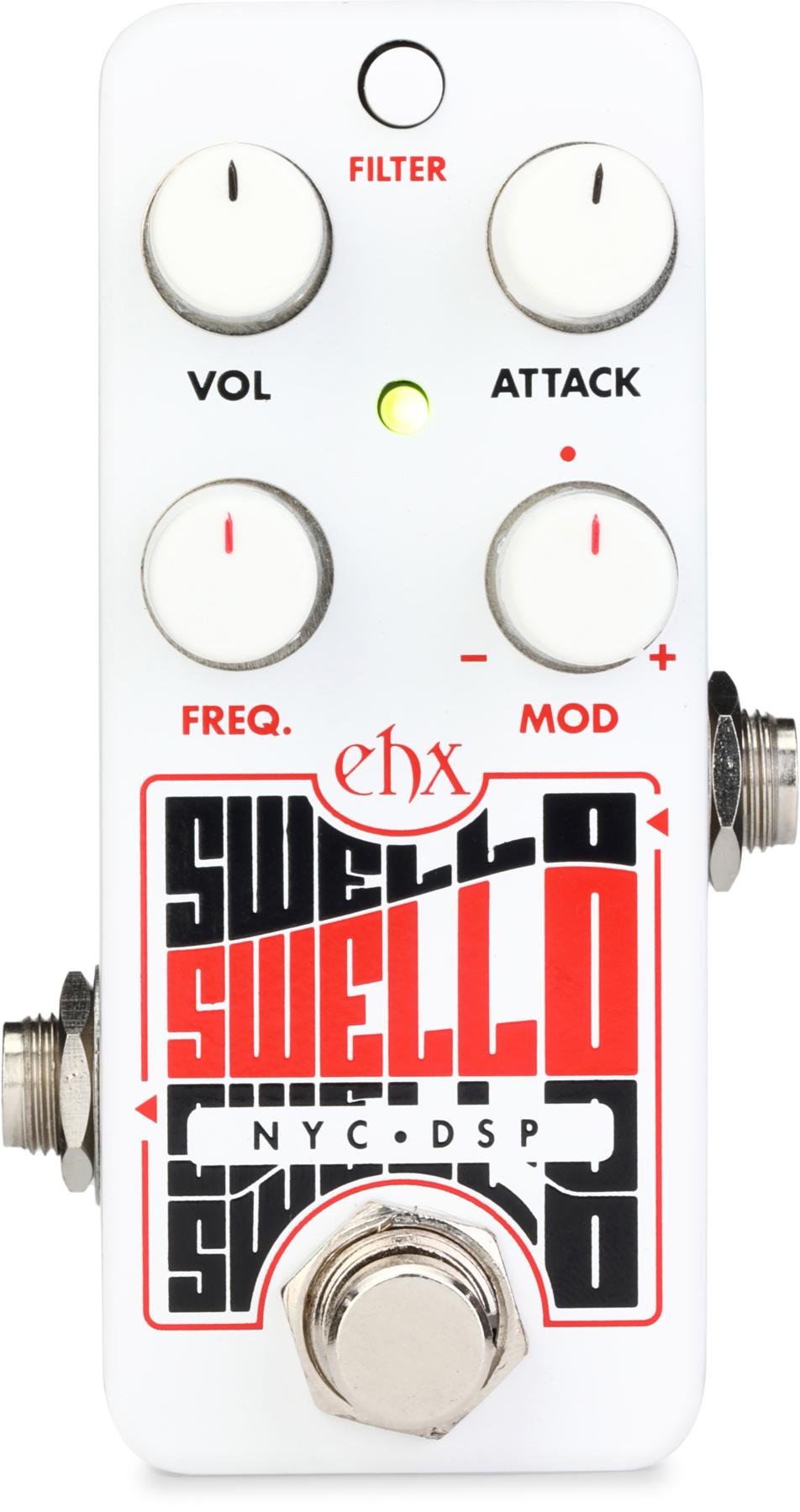Sales of acoustic guitars have outperformed those of electrics for almost a decade now, and companies known primarily for their electric guitars seem to have gotten the memo. Fender, Paul Reed Smith, and other primarily electric giants now offer comprehensive lines of acoustics, acoustic-electrics, and acoustic amps for players of all types, at all price points.
Electric guitar amplifier companies have gotten in on the game, too. Last year Hughes & Kettner released its first acoustic amp: the Era 1. Now Mesa Engineering has thrown its hat into the ring with the Rosette series, which includes the Rosette 300/Two:Eight reviewed here. It definitely lives up to Mesa’s solid reputation, delivering great sound, and superb flexibility—and, in this case, an easy-to-use and relatively affordable package.
Control Freak
At 300 watts, the class D, two-channel Rosette 300/Two:Eight is, like many of its electric counterparts in the Mesa line, pretty potent. It’s compact at 13.25" x 18" x 12.25", and weighs just 30 pounds. It’s a nice-looking amp, too—clad in the fawn-colored vinyl that recalls vintage Fender and Vox amps and seems to serve as an international symbol for “acoustic amp.” The speaker complement is made up of two 8" Mesa Rosette speakers and one dome tweeter.
The amp is clearly designed with flexibility in mind. The two channels are nearly twins, but while channel 1 has both ¼” instrument and XLR inputs, channel 2 includes only an instrument input. The gain on both channels can be adjusted to suit instruments with passive or active pickups. Each channel also has a powerful independent active EQ section.
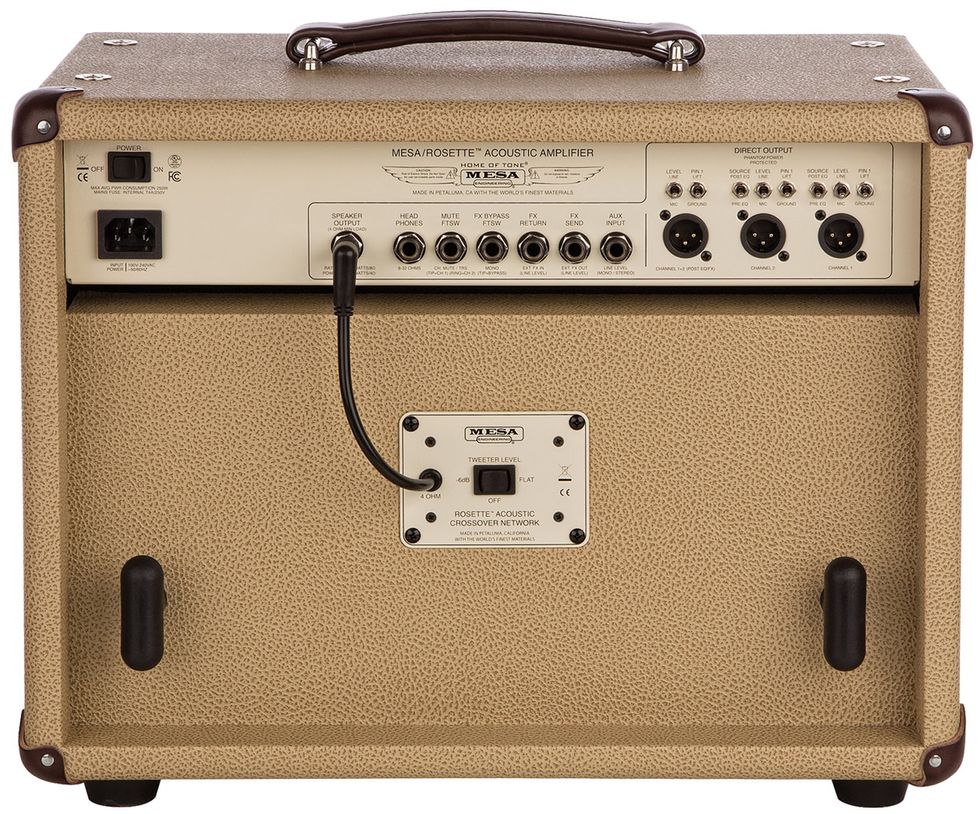
It includes simple bass and treble controls, but the low-mid (150 Hz–1800 Hz) and high-mid (300 Hz–5000 Hz) controls also have their own +/- 12 dB boost controls. With a variable high-pass filter (40 Hz to 200 Hz), it’s a very versatile and potent set of equalization controls, whether you’re trying to wrangle runaway frequencies in a challenging performance situation or really sculpting your sound in a more ideal and controlled setting.
Ratings
Pros:Smart, flexible EQ tools and excellent fundamental acoustic amplification sounds in a compact combo amp.
Cons:
Small learning curve for using the effects on the amp.
Tones:
Ease of Use:
Build/Design:
Value:
Street:
$1,149
Mesa Engineering Rosette 300/Two:Eight
mesaboogie.com
The rear panel’s trio of XLR direct outs—with mini toggles for mic or line level, as well as switches for bypassing the amp’s EQ settings on channels 1 and 2—supports a range of live and recording applications. This panel also includes an effects loop, and it adds a ¼” headphone out as well as a ¼” speaker output. There’s also a ¼” auxiliary in, which is, of course, useful for plugging in an audio device to play along with.
Another cool feature is a built-in digital effects suite, consisting of three effects—reverb plus chorus, and room and hall reverbs—selectable via a mini toggle switch. Each effect type is controllable with three parameter knobs, and there’s a master knob for adjusting the ratio of wet to dry signal.
Picking Rings Around the Rosette
I tried out the Rosette using a Martin OM equipped with a K&K Pure Mini pickup, and when I played fingerpicking patterns in standard and in open-G tunings, I was struck first by how large and lifelike the Rosette sounds, but also by how little unwanted noise the amp produces. Though the Rosette has controls for attenuating feedback, I didn’t encounter any at moderate volume levels, even when sitting a couple feet from the amp. I experienced the same convincingly natural effect when I plugged in a Kala acoustic-electric concert ukulele, whether strumming it or playing single-note solos.
Without having the manual in front of me, it took a bit of fiddling to understand and get a feel for the taper of the effect parameter knobs. But once I did, all the effects sounded natural and colorful. The modulation textures in the reverb-and-chorus effect are tasteful and I really liked the gorgeous shimmer they lent to arpeggiated passages. There is, of course, a parallel effects loop if you want to add in your own effects and textures.
The Verdict
Professional tone sticklers have long relied on Mesa/Boogie electric guitar amps. But the same attention to tone sculpting that made Mesa’s electric amps enduring choices of pros seems very much in evidence in the Rosette acoustic amp. It’s beautifully built in the U.S., it sounds great, and it is highly flexible in real-world performance and detail-oriented sound-shaping situations. It won’t be a surprise if we see acoustic pros developing loyal relationships with this amp the way some electric players have stuck with their Boogies from the moment they became an electric amplification option.
Watch the Review Demo:






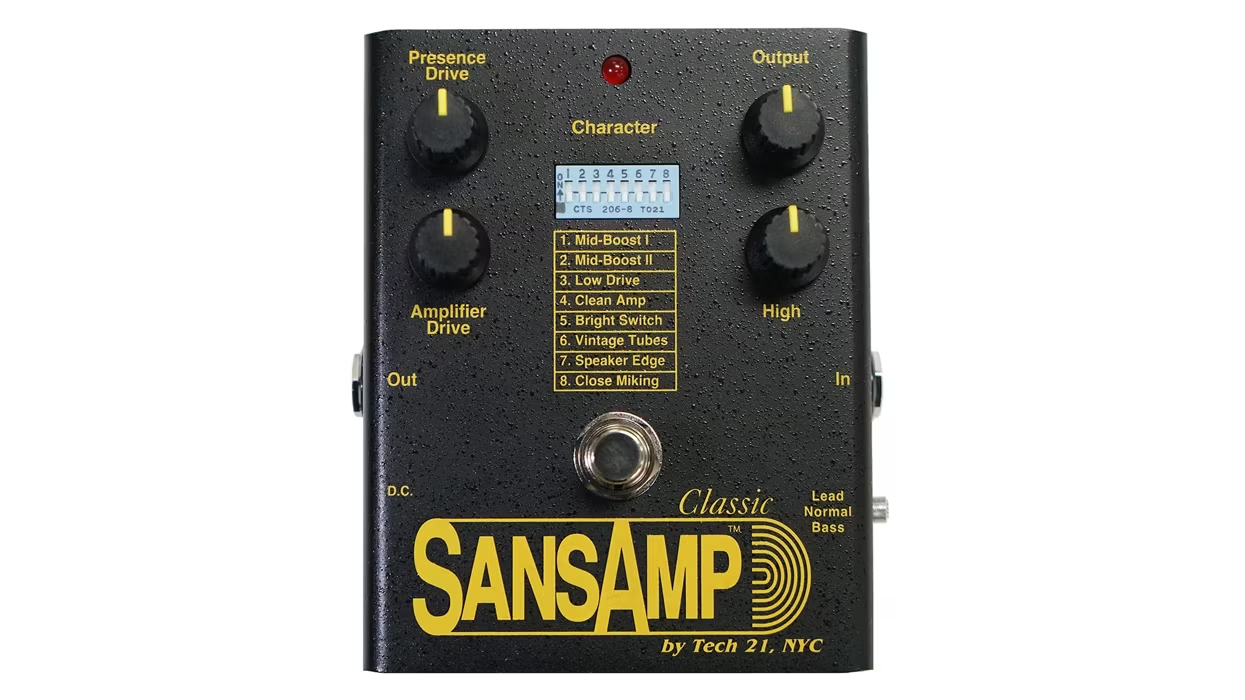

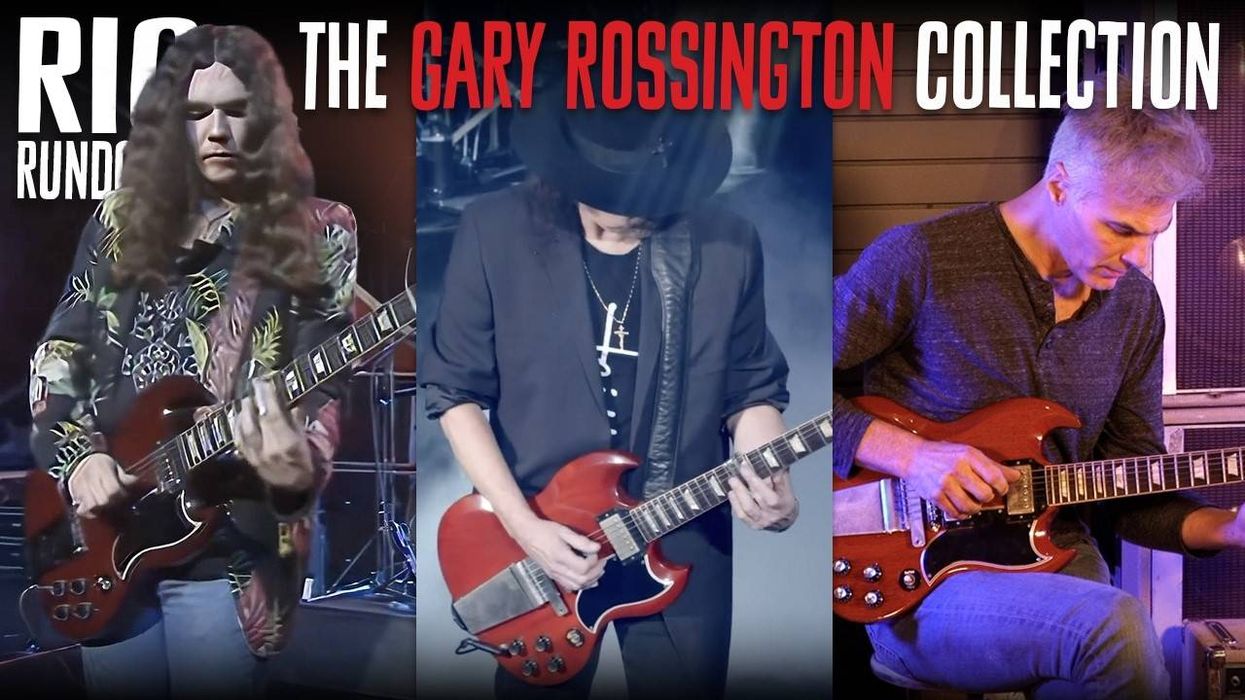
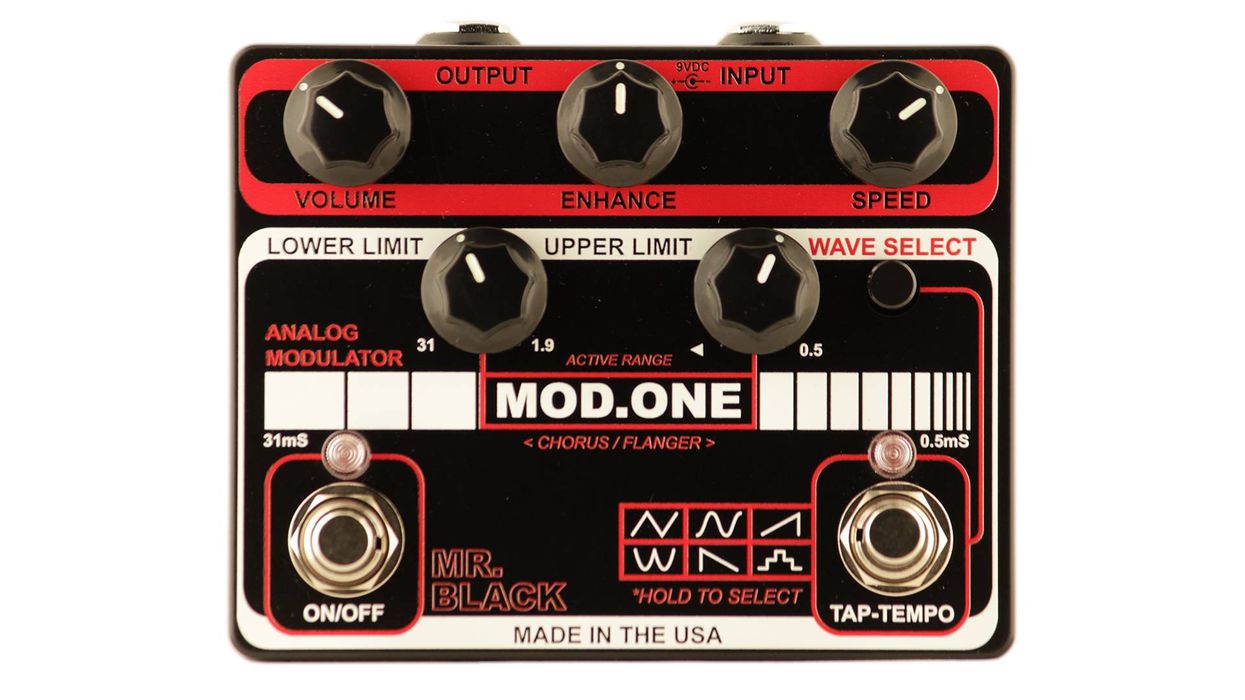
![Rig Rundown: Russian Circles’ Mike Sullivan [2025]](https://www.premierguitar.com/media-library/youtube.jpg?id=62303631&width=1245&height=700&quality=70&coordinates=0%2C0%2C0%2C0)

